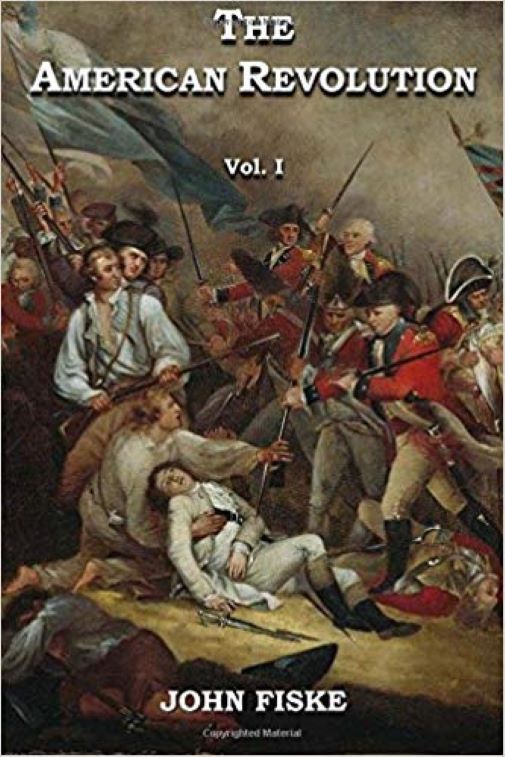From the renowned John Fiske’s preface, 1891: While busy in this work, the plan occurred to me in 1881 of writing a narrative history of the United States, neither too long to be manageable nor too brief to be interesting, something that might comprise the whole story from 1492 to (say) 1865 within four octavos, like the book of my lamented friend, the late John Richard Green. Plans of this sort, to be properly carried out, require much time, and a concurrence of favorable circumstances, as Mr. Cotter Morison has pointed out in his sketch of Gibbon. If my plan is ever fully realized, it can only be after many years. Meanwhile it has seemed to me that fragments of the work might as well be published from time to time as to be lying idle in manuscript in a cupboard. It was with this feeling that ” The Critical Period of American History ” and ” The Beginnings of New England ” were brought out, and it is with the same feeling that these volumes on ” The American Revolution ” are now offered to the public. In writing the story of this period my design was not so much to contribute new facts as to shape the narrative in such a way as to emphasize relations of cause and effect that are often buried in the mass of details. One is constantly tempted, in such a narrative, to pause for discussion, and to add item upon item of circumstantial description because it is interesting in itself; but in conformity with the plan of the book of which this was to have been a part, it was necessary to withstand such temptations. I have not even undertaken to mention all the events of the Revolutionary War. For example, nothing is said about the Penobscot expedition, which was a matter of interest to the people of Massachusetts, but of no significance in relation to the general history of the war. . . . I have not thought it worthwhile to add to the present work a bibliographical note, because, in view of the existence of Mr. Justin Winsor’s ” Reader’s Handbook of the American Revolution,” such a note would be quite superfluous. Mr. Winsor’s book contains a vast amount of bibliographical information, most lucidly arranged, within a very small compass, and costs but a trifle. From it the general reader can find out ” where to go ” for further information concerning any and all points that may come up in these volumes; and if then he still wants more, he may consult the sixth and seventh volumes of Winsor’s “Narrative and Critical History of America.”
386 pages





